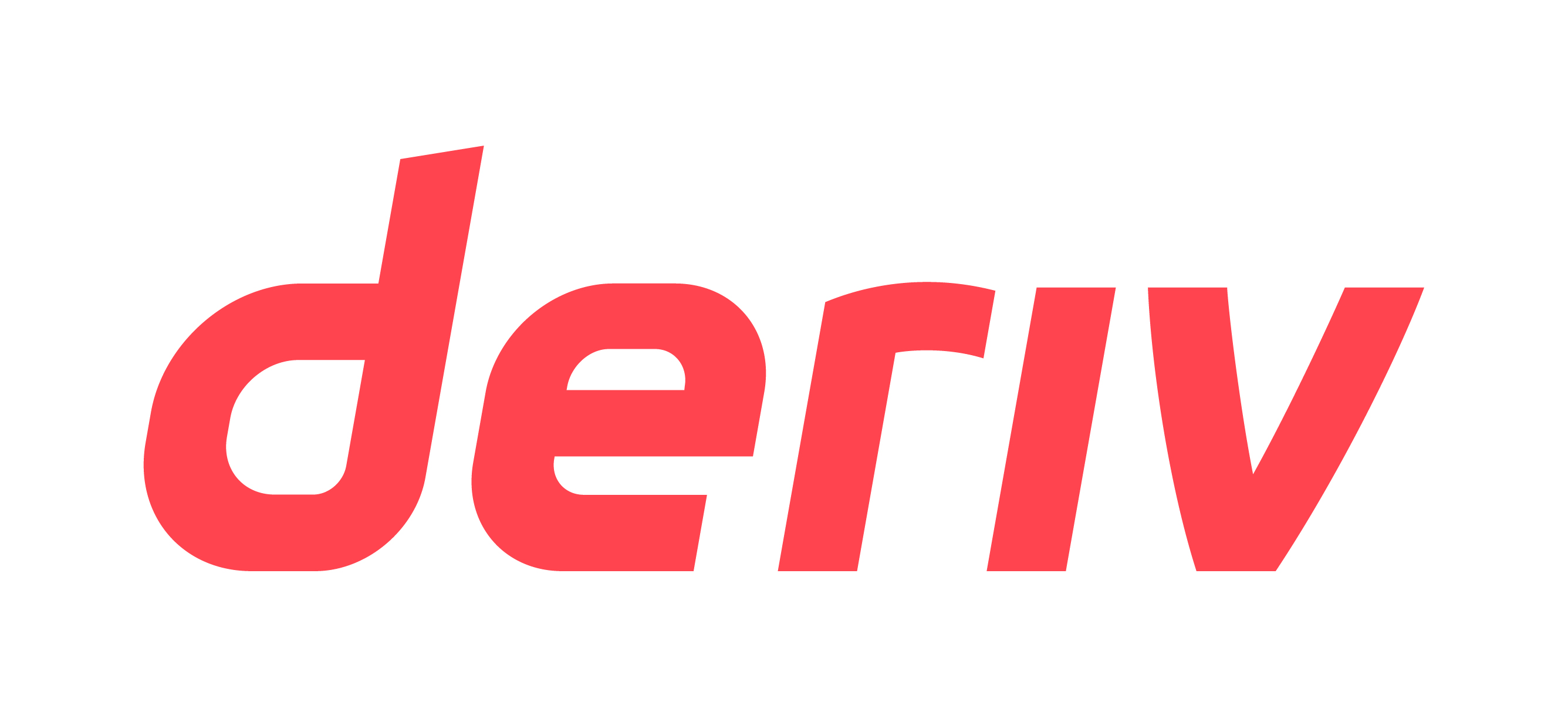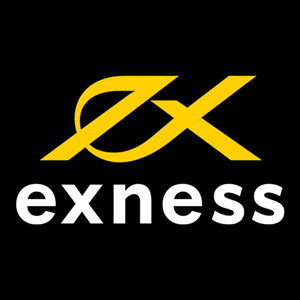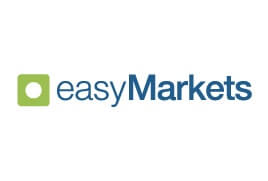The top secret to Boom and Crash and bust indices is heavily reliant on technical analysis and can be intimidating to new traders. Trading booms and crashes could be a good way to increase your equity if you know the fundamentals of trading synthetic indices and use a sound risk management strategy.
We’re going to spill the beans on how to profit from both rising and falling markets. We’ll go over the basics of what a boom/crash index is, how to trade them, and key concepts like support and resistance levels in the boom/crash market.
Best Boom and Crash Brokers in South Africa

Quotex

Deriv

Exness

IQ Option

Hycm

Easy Markets
While there is no foolproof method for trading boom and bust, we will share some basic strategies that may increase your chances of success. At the end of the piece, we’ll address some frequently asked questions that readers may have about the boom and subsequent crash.
First, however, let’s address the obvious question, “What are boom and crash indices?” before delving into the ins and outs of boom and crash trading.
When do boom and bust indices typically occur?
A Boom and Crash is something you might have heard of. As much as I’d like to avoid expanding the Boom 500, Boom 1000, Crash 500, and Crash 1000, it’s impossible to avoid doing so when discussing the best practices for trading the Boom and Crash. These are fabricated indices for use in the forex (foreign exchange) market. Those numbers refer to the rise and fall (on average, 1000 to 500 ticks) of price movements.
A price tick represents the smallest possible price change to the right of the decimal point on the market. There are “ticks” for each dollar amount. The difference between two consecutive buy and sell prices of an asset is known as a “tick.”
What You Should Know.
Rapid increases in boom and crash indices are characteristic of these events. Hikes and drops occur rapidly and can be as big as 50+ pips.
When prices unexpectedly go up, this is known as the “boom phase.”
In the crash phase, losses mount rapidly. Closing out of positions at the end of a spike can result in substantial, rapid losses.
What sets apart the Boom 1000 from the Boom 500 and the Crash 1000 from the Crash 500?
Every 1000–500 ticks, there is an increase in the price ranges that are averaged to form the boom index (1000–500).
Every 1000 ticks, on average, a spike occurs. Instead of a spike every 500 ticks like in Boom 500, you’ll see one every 1000.
The volatility of the Boom 1000 index is higher than that of the Boom 500.
The Crash index (1000–500) measures the typical drop in price that occurs every 1000–500 ticks.
Every 1000 ticks, on average, represents a price drop in the Crash 1000 index.
The Crash 500 index experiences a drop in value once every 500 ticks.
While both the Boom and Crash indices are highly volatile, the Crash 500 is even more so than the Crash 1000.
Methods for Making Money in the Markets Before and After the Boom and Bust
There is no news, current events, or policy changes to factor in when trading booms and crashes. Contrary to popular belief, the boom and crash index is not tied in any way to the value of the dollar or the price of commodities.
While the synthetic index market mimics the actions of a real currency exchange, it is, in fact, a computer simulation. Random numbers are used to generate the behavior of the indices.
(Top Secret) How to Profit from Stock Market Booms and Busts
A crucial part of trading the boom and crash indices is realizing that the same trading principles apply whether one is trading the Boom 1000, Boom 500, Crash 1000, or Crash 500.
How can you profitably trade boom-and-bust indices?
Scalping, day trading, swing trading, and position trading are all viable strategies for trading the boom-and-bust market, though the former two are by far the more common.
When deciding on a trading strategy, it’s important to think about a trader’s trading style, trading psychology, exposure to and knowledge of the market, and trading experience.
It is impossible to profit reliably from boom and crash markets without a firm grasp of market structure and a facility with technical analysis. If you haven’t already done so, conduct a thorough market analysis before using any indicators.
Support and reluctance through the Boom and Crash
In the context of boom-and-bust markets, what do the terms “support” and “resistance” actually mean?
It is essential to know where support and resistance levels are if you want to participate in boom and bust trading. By learning about them, you can anticipate where prices will likely halt before making directional changes.
A support zone or level is the lowest price point at which a downtrend is likely to stop before going back up or breaking through and continuing the downtrend.
The highest point a price reaches before beginning
Using support and resistance levels as a guide, you can enter the market with confidence. Trend lines, moving averages, and Bollinger Bands are all examples. If the indicator line is below the market price, that indicates a support level, and if it is above the market price, that indicates a resistance level.
Strategies for Trading the Ups and Downs of a Boom and Bust Economy
So, at this point, you may be wondering, what is the top secret to trading Boom and Crash strategies?We’ll show you how to make money by trading the boom and bust cycles of the stock market.
Should I invest in a boom and bust index, and if so, how?
Method Based on Price Action
Knowing how price action works is crucial for trading boom and bust. Identifying bullish and bearish patterns can be achieved through analysis of candlestick movements, the drawing of support and resistance levels, and the identification of demand and supply zones. This, along with your favorite indicators and the ability to spot trends and patterns across multiple timeframes, should help you find the best times to enter and leave trades.
Methods for Managing Danger
In this market environment, low-risk management is essential for avoiding heavy losses. If you’re losing money on a trade, you need to know when to get out so you can start planning for the next entry. Instead of risking a large sum of money on a losing trade, it is preferable to cut your losses and get out of the position. Think of trading as a real business that requires actual capital. Keep to a methodical plan based on research into the structure of the market and technical analysis. Create a trading plan with a daily profit goal you know you can achieve. Considerations such as lot size, trade entry and exit criteria, and fallback plans in the event of a losing session should all find a place in your plan.
Plan with no danger of using a practice account
Developing a successful trading strategy takes time and effort. Use a risk-free demo account to get comfortable with boom-and-bust trading before committing any real cash. If you haven’t already created one, an empty demo account awaits you. You can try out different trading strategies and keep track of how they work to find out what works best.
What You Need to Know About Trading the Boom and Bust Markets
You may be wondering why synthetic indices are preferable to trading actual assets.
To begin with, synthetic indices, such as boom and crash, are available for trading around the clock, every day of the week.
Second, things like market and economic news that happen outside of the market don’t have any effect on the market for synthetic indices.
It doesn’t matter what time of day or night you decide to trade, as boom and crash indices are always highly volatile.
When trading synthetic indices like boom and crash on MT5, there is no minimum deposit needed.
Use a practice account to get comfortable with trading booms and crashes before committing any real cash.
To succeed in boom-and-bust trading, you must have a rigorous risk-management plan in place. If you’re not careful, you could lose a lot of money in the boom-and-bust market. I hope that the information provided in today’s article about the key to trading boom and crash will lead you in the right direction as you embark on your trading journey.
Is there a Boom and Crash cycle on MT4?
While MT4 doesn’t support trading on synthetic indices like boom and crash, MT5 does.
Can you use stop loss during a boom and a bust?
The purpose of a stop-loss order is to immediately halt trading if a loss becomes too large. However, the boom-and-bust nature of the market can make it difficult for SL orders to react quickly enough. You must be aware of stop-loss hunting if you trade in the boom-and-bust market. When you enter a trade with a predetermined stop loss and the market quickly breaks in, reaches your stop loss, and then reverses, you have engaged in stop-loss hunting. Be patient and avoid placing stop-losses too close to your support or resistance levels to avoid “stop-loss hunting.” Always use sound risk management and base your position size on technical analysis when trading counter to the trend.
Best time to trade Boom and Crash?
Since synthetic indices are always fluctuating in value, they can be traded whenever the market is open.
What is the best predictor of economic success or failure?
Based on your experience, your best bet is to use your own tried-and-true method of spotting when the economy will boom or crash. Set up a demo account, like this one here on tixee, and use it to practice different strategies using a range of indicators to see which ones work best for you.
What moves the Boom and Crash?
The synthetic index market moves through the random generation of new integers by cryptographically secure computer software.
How do various factors affect boom-and-bust indicators?
No broker can affect price changes on the boom and crash index because it is based on the random generation of new integers. Independent audits ensure reliability by checking for uniformity in the findings.
Could boom-and-bust cycles be artificially induced?
No Using cryptographically secure software, the synthetic index market is driven by the generation of random integers. No broker can predict or affect these figures or price changes. Independent audits ensure reliability by checking for uniformity across studies.
